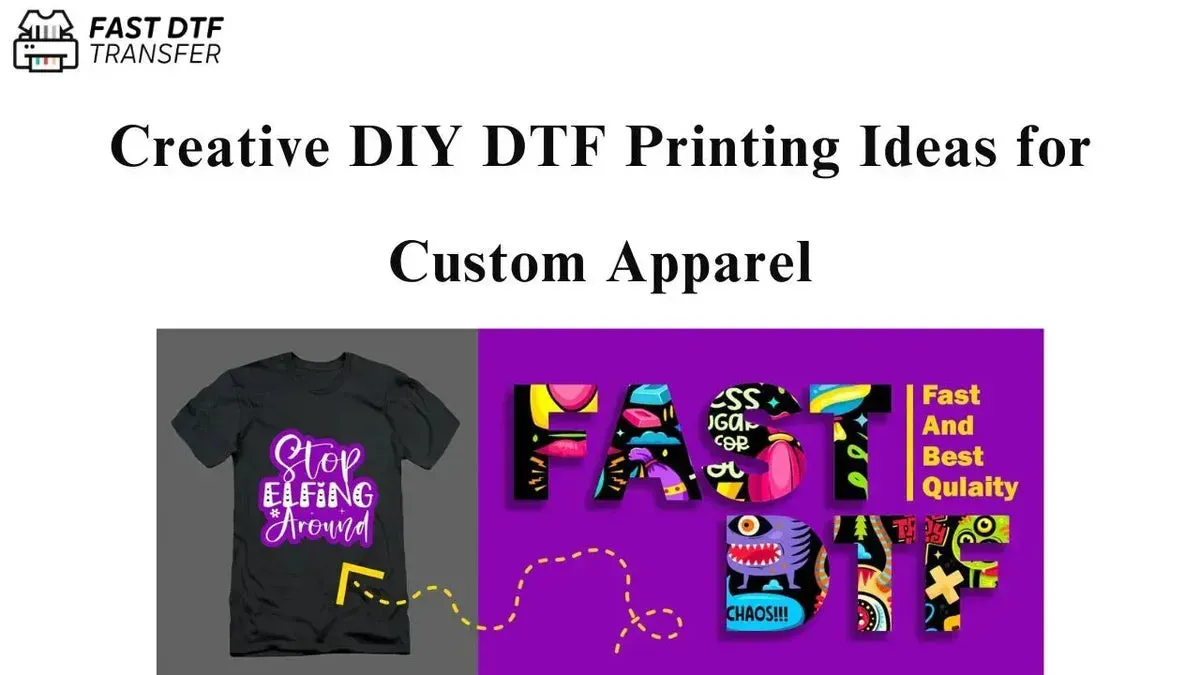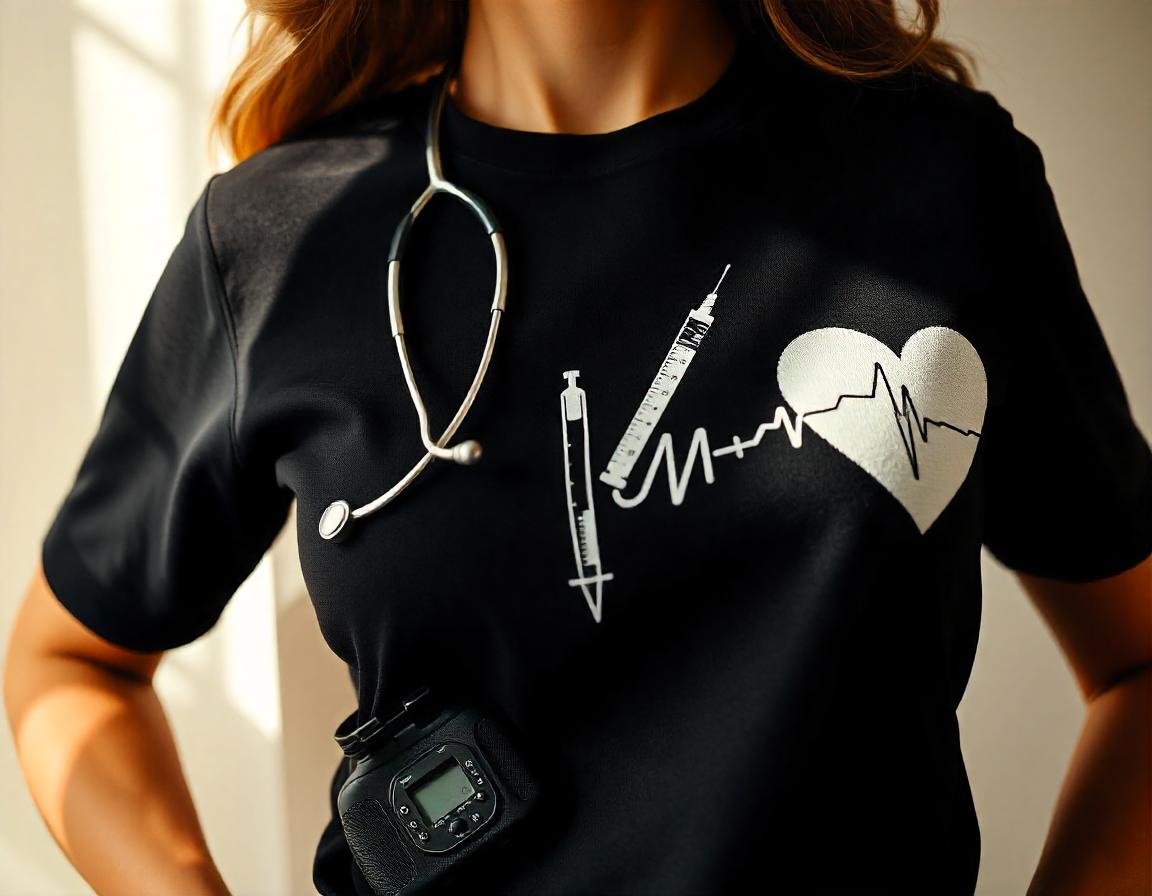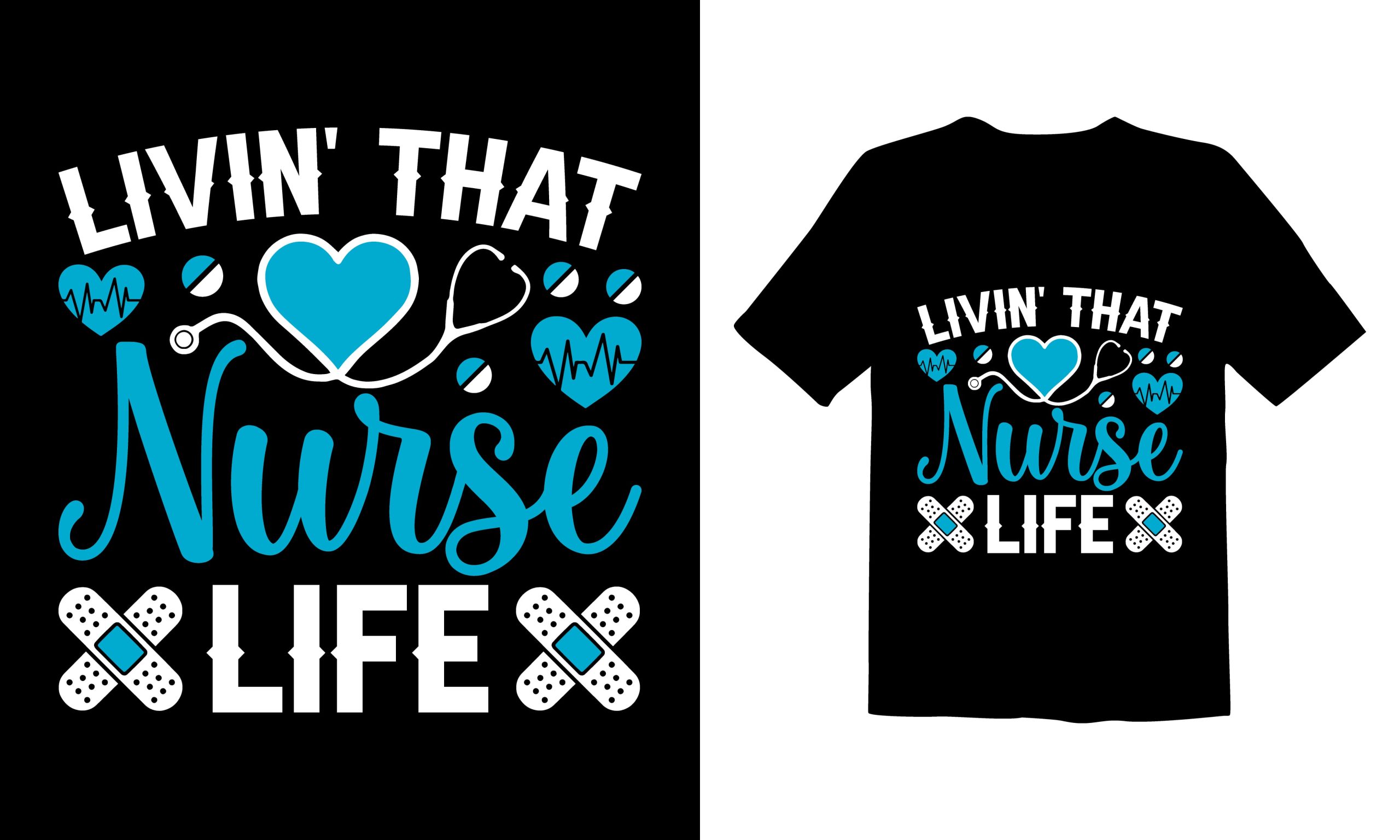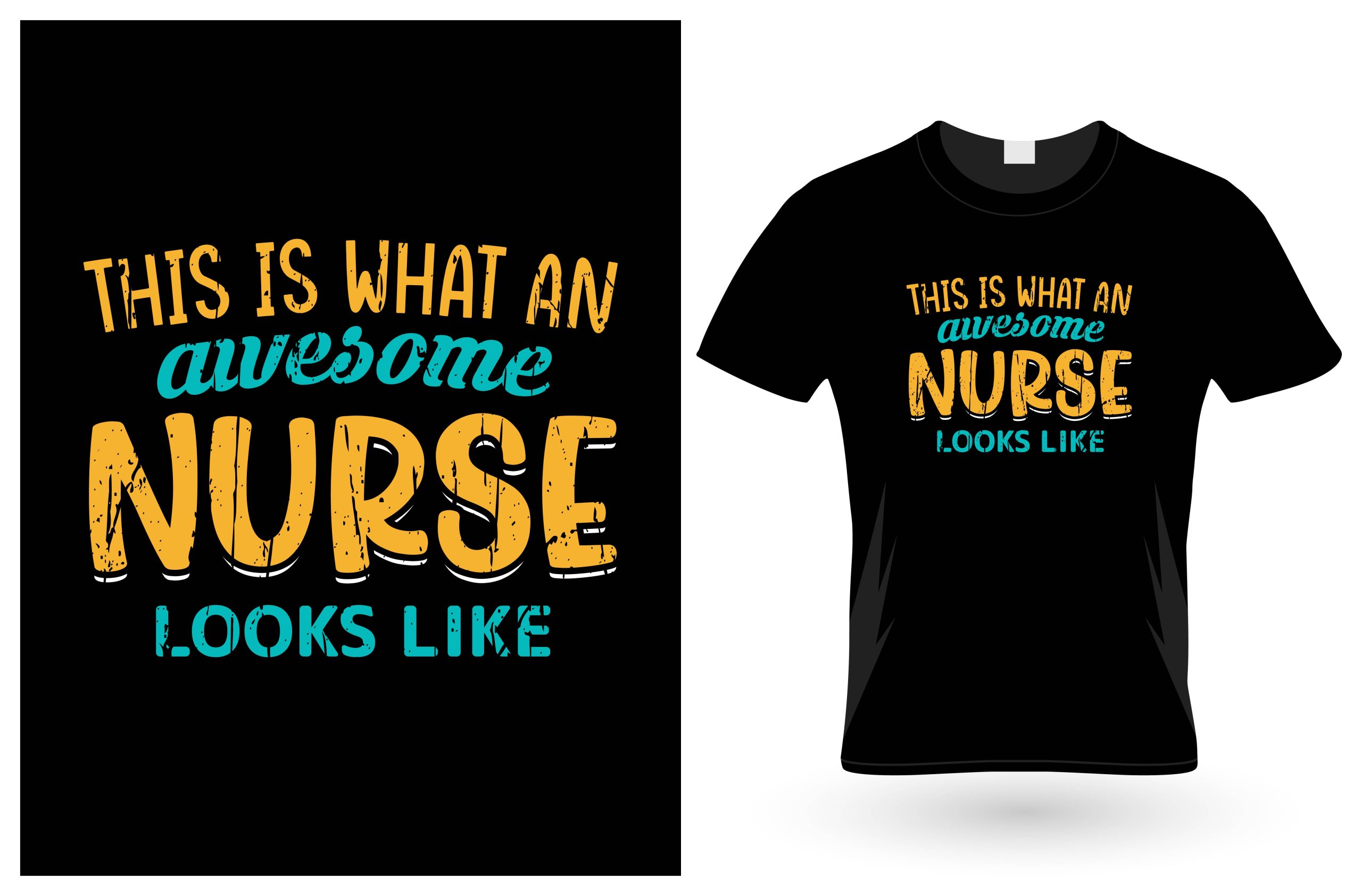DIY DTF Transfers: A Beginner’s Guide to Custom Printing
In the realm of custom printing, **DIY DTF transfers** have emerged as an exciting and innovative method for enthusiasts and business owners alike. This technique allows you to create custom designs with vibrant colors and impressive durability, making it an appealing choice for DIY custom apparel projects. Whether you’re a beginner exploring DTF printing for the first time or an experienced creator looking for affordable printing methods, this guide will equip you with the knowledge needed to succeed. Dive into the DTF transfers process, where creativity meets functionality, and learn how to produce high-quality prints right from the comfort of your home. Join this journey into personalized fashion that not only showcases your designs but also reflects your unique style.
In recent times, the trend of producing personalized clothing through DIY methods has gained immense popularity. Utilizing Direct-to-Film (DTF) processes, creators can efficiently transfer intricate designs onto a variety of fabric types, ensuring high-quality results with each print. This approach is not just limited to hobbyists; small business owners are also tapping into the benefits of DTF printing for beginners, transforming their ideas into wearable art. Known for its affordability and ease of use, DTF technology opens up new avenues for crafting not just t-shirts but an array of creative custom apparel. As we explore the nuances of this method, understanding the DTF transfers process will be essential for those looking to make their mark in the world of custom printing.
The Basics of DIY DTF Transfers
DIY DTF transfers represent an exciting and innovative approach to custom printing, particularly appealing to those who thrive on creativity. The core of this process is the Direct-to-Film (DTF) technique, which allows individuals to create intricate designs using specialized film and inks. The beauty of this method lies in its accessibility, making it a perfect choice for both beginners and seasoned creators. With the right tools, anyone can step into the world of custom apparel making, producing high-quality designs that pop with color and detail.
As you explore DIY DTF transfers, it’s crucial to understand the fundamental components involved. DTF printing involves printing a design onto a specific transfer film using specialized DTF inks. Once printed, the design is coated with adhesive powder before being cured with heat. Following this, the design can be transferred onto a variety of fabrics. This process not only guarantees vibrant visuals but also ensures that the final product remains durable and resistant to wear. With each step, you will gain confidence and expertise, paving the way for future creations.
Essential Tools for DTF Printing Success
When venturing into the world of DIY DTF transfers, having the right equipment is essential to ensure successful outcomes. The foundation of your setup will be a high-quality DTF printer, specifically designed for this type of printing. Alongside the printer, you’ll need DTF inks, which are specially formulated to create brilliant designs that adhere well to various fabrics. Furthermore, a reliable heat press is vital for transferring your designs onto clothing, as proper heat and pressure are paramount for a successful print.
In addition to these core tools, investing in quality DTF film and adhesive powder will significantly enhance your results. The film serves as the canvas for your designs, while the adhesive ensures that your prints adhere correctly during the transfer process. Beginners should not overlook these important components, as utilizing quality materials can greatly affect the quality and longevity of the printed designs. Familiarizing yourself with these tools and how to use them effectively can elevate your DTF printing journey from a simple hobby to a thriving creative outlet.
Navigating the DTF Transfers Process Step-by-Step
Understanding the DTF transfers process is vital for producing high-quality apparel designs. Beginning with design creation, it is crucial to select or craft a high-resolution image using graphic design software. This ensures that the final print will maintain clarity and vibrancy. Once your design is ready, the next step is to print it onto the DTF film. Proper printer settings tailored for DTF printing will be essential here, as incorrect adjustments can lead to disappointing print quality.
After printing, the application of adhesive powder is a key step in the DTF transfers process. Sprinkling the powder evenly over the wet ink is necessary for ensuring optimal adhesion during the heat transfer. Following that, curing the film in a heat press will bond the ink to the film, making it ready for application on fabric. Finally, placing the film onto the selected clothing material and reapplying heat will reveal your custom design once the film is peeled away. Mastering each of these steps will lead to successful DIY DTF transfers and help you create stunning custom apparel that reflects your unique style.
Exploring Material Options for DTF Transfers
When delving into the world of DIY DTF transfers, the material you choose to print on plays a crucial role in the outcome of your designs. DTF transfers are compatible with a variety of fabrics, allowing for endless creativity. Popular choices include cotton and polyester blends, which provide an excellent surface for vibrant and durable prints. T-shirts, hoodies, and even tote bags can serve as perfect canvases for your custom creations, broadening your options when it comes to apparel and accessories.
It’s important to experiment with different materials to discover which substrates yield the best results for your specific designs. Factors such as fabric weight, texture, and color can all influence how the DTF transfer adheres and appears. As materials vary, always ensure to use high-quality DTF film and inks for optimal results. Through experimentation, you can gain valuable insights into which materials bring your custom designs to life, enabling you to produce professional-quality products that cater to your audience.
Troubleshooting Common DTF Printing Issues
As you embark on your DIY DTF transfers journey, encountering challenges is a natural part of the learning process. Common issues arise, particularly related to printer settings. If the printer is not correctly configured for DTF printing, this can lead to misprints and poor quality outputs. Therefore, it’s essential to familiarize yourself with the settings required for optimal results. Research online resources or community forums where others share their tips on configuring printers effectively to improve your print quality.
Another frequent challenge involves the quality of the materials used, particularly the inks. Always opt for inks specifically designed for DTF printing, as lower-quality options can weaken the final product’s vibrancy and durability. Likewise, proper heat application is vital; ensuring consistent heat and pressure during the transfer process can greatly minimize issues with adhesion or uneven prints. By thoroughly understanding these common challenges and troubleshooting solutions, you’ll build confidence and enjoy greater success in your DIY DTF transfer projects.
Emerging Trends in DTF Printing for Creatives
The realm of DIY DTF transfers is evolving constantly, with trends that influence how creators approach their projects. One notable shift is the increasing demand for eco-friendly inks. As sustainability becomes a larger focus in the manufacturing and printing industries, many brands are responding by offering environmentally-conscious ink options. For those creating custom apparel, utilizing eco-friendly materials not only appeals to the growing number of eco-conscious consumers but also allows creators to align their practices with their values.
Additionally, the integration of DTF technology with other printing methods is gaining traction. For instance, combining DTF printing with traditional screen printing techniques can lead to unique and customized results that capture the attention of potential buyers. This blending of methods empowers creators to expand their capabilities and produce one-of-a-kind items that stand out in a competitive market. By staying informed about these emerging trends, you can enhance your DTF printing knowledge and adapt your practices to suit consumer preferences.
Frequently Asked Questions
What are DIY DTF transfers and how do they work?
DIY DTF transfers refer to a custom printing technique using Direct-to-Film (DTF) technology. In this process, intricate designs are printed onto a special film, which is then heat transferred onto various fabrics. The use of high-quality inks and a heat press ensures that the designs are vibrant, durable, and long-lasting.
What supplies do I need for DIY DTF printing for beginners?
To start with DIY DTF printing, you need a DTF printer compatible with DTF ink, DTF film, a heat press for transferring designs, and adhesive powder applied to the film to ensure proper adhesion during the transfer process. Gathering these materials will set a strong foundation for successful custom printing projects.
How do I troubleshoot common issues with DIY DTF transfers?
Common issues with DIY DTF transfers include poor print quality and uneven transfers. Ensure your printer settings match the DTF requirements, use high-quality inks, and maintain consistent heat application with your heat press. Engaging with community forums and tutorial platforms can also help troubleshoot specific problems.
Can I use any fabric for DIY DTF transfers?
Yes, DIY DTF transfers can be applied to a variety of fabrics, including cotton, polyester, and blends. It’s important to test different materials to identify which best suits your specific designs and ensures optimal adhesion and durability.
What makes DIY DTF printing an affordable printing method?
DIY DTF printing is considered an affordable printing method due to the accessibility of necessary supplies such as DTF printers, inks, and films, which have become more affordable. Additionally, with a plethora of online tutorials available, beginners can learn to create custom apparel without incurring expensive production costs.
What are the future trends in DIY custom apparel using DTF transfers?
Future trends in DIY custom apparel using DTF transfers include the growing demand for eco-friendly inks and materials, reflecting consumers’ increasing environmental awareness. Additionally, the integration of DTF with other printing methods like screen printing is paving the way for more unique, creative outputs in custom apparel.
| Key Points | Details |
|---|---|
| What are DIY DTF Transfers? | Modern printing technique that transfers designs onto fabric using heat and adhesive powder. |
| Accessibility and Affordability | Affordable printers, supplies, and online tutorials make it easy for beginners. |
| Materials Needed | DTF printer, DTF ink, DTF film, heat press, and adhesive powder. |
| DTF Printing Process Steps | 1. Design Creation 2. Printing on Film 3. Applying Adhesive Powder 4. Curing 5. Transfer to Fabric |
| Common Challenges | Printer settings, ink quality, and heat application need careful attention to avoid issues. |
| Future Trends | Rise of eco-friendly inks and integration with other printing methods for unique outputs. |
Summary
DIY DTF transfers provide an exciting avenue for creativity and innovation in the realm of custom printing. With the advent of affordable technology and extensive online support, anyone can venture into the colorful world of Direct-to-Film printing. This technique empowers enthusiasts to craft personalized, high-quality designs on a variety of fabrics, from t-shirts to tote bags. As you explore DTF printing, you’ll discover not only the joy of creation but also the potential to develop a small business. Continually updating your skills and staying informed about trends will keep your creations on the cutting edge. Dive into DIY DTF transfers and let your imagination run wild!







